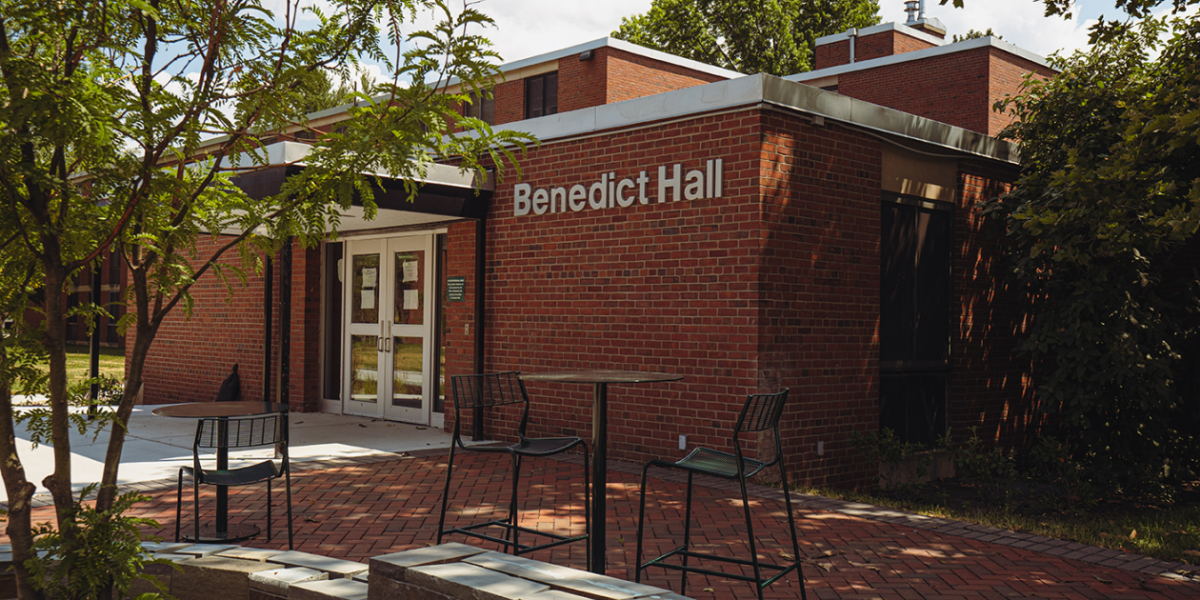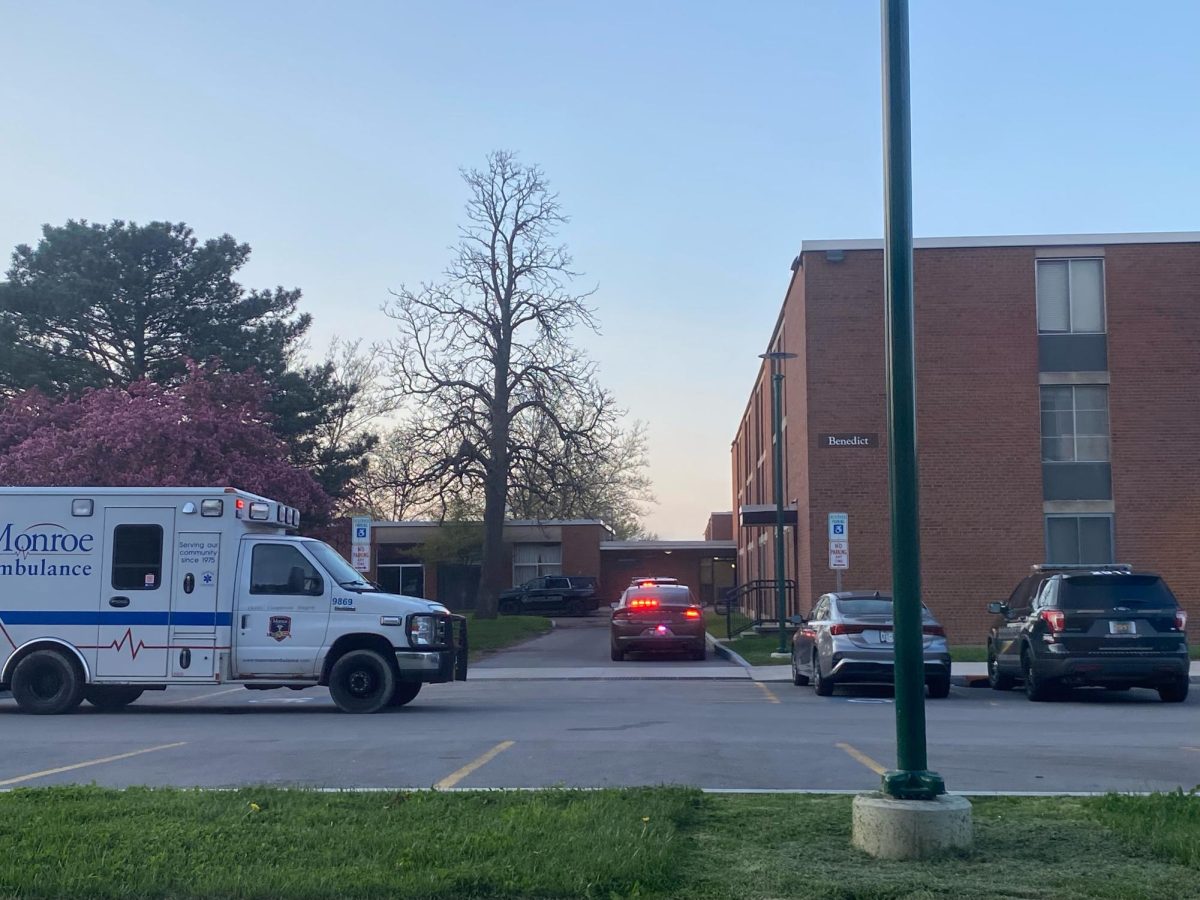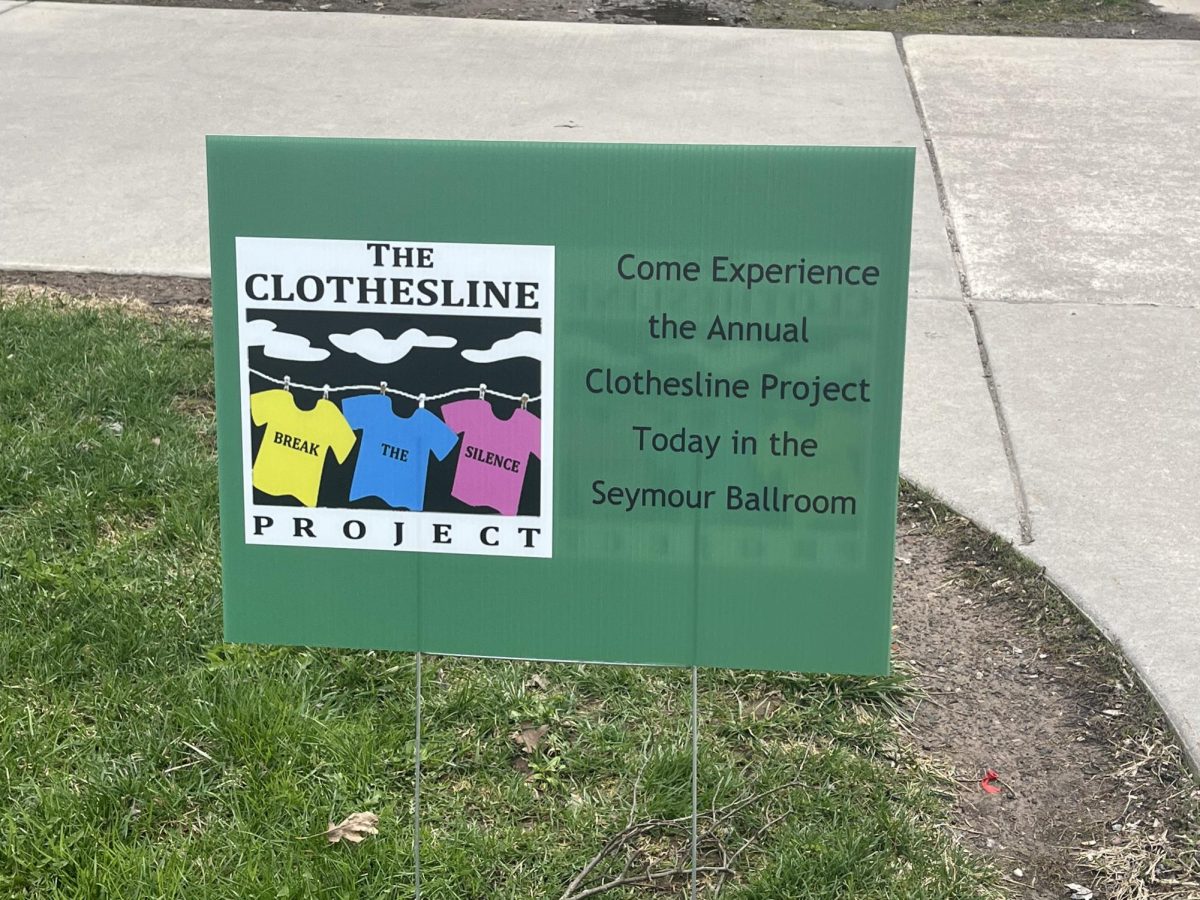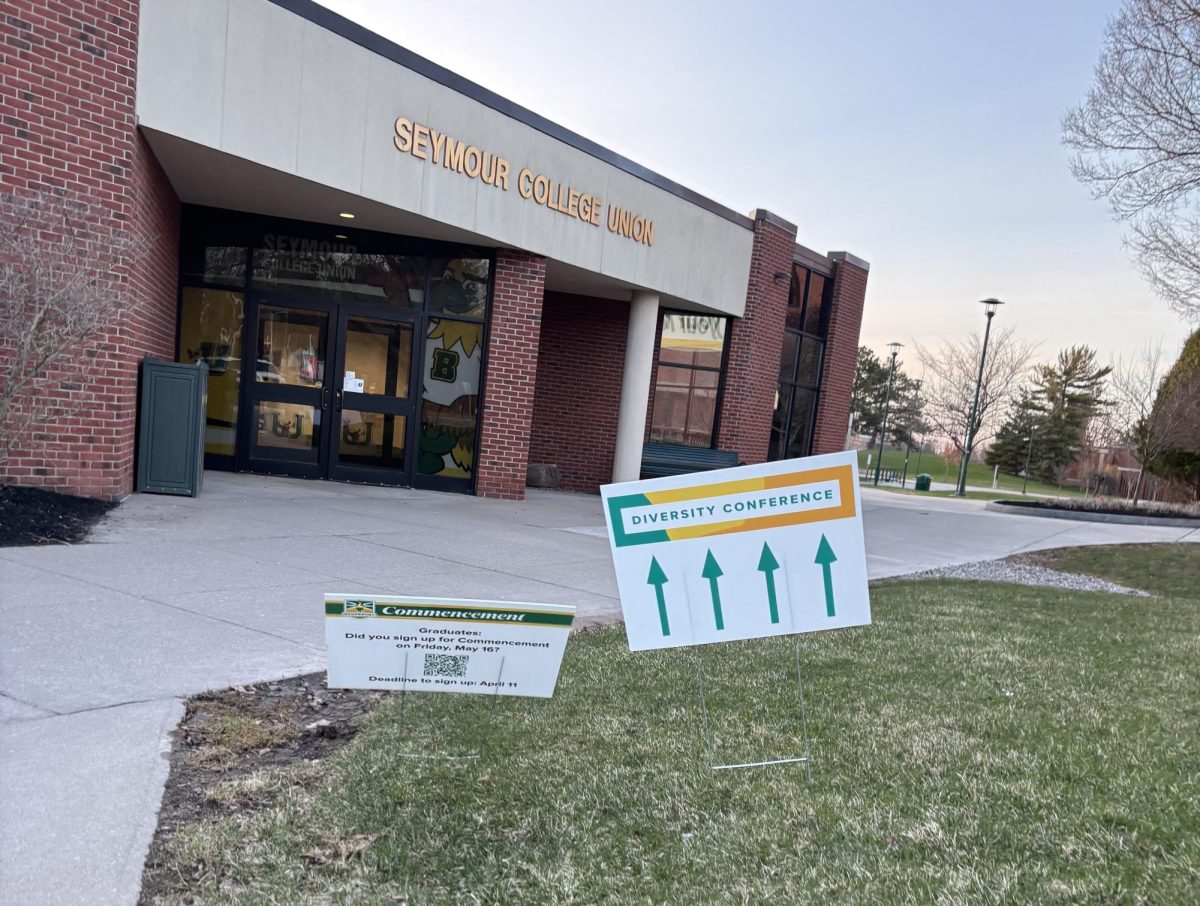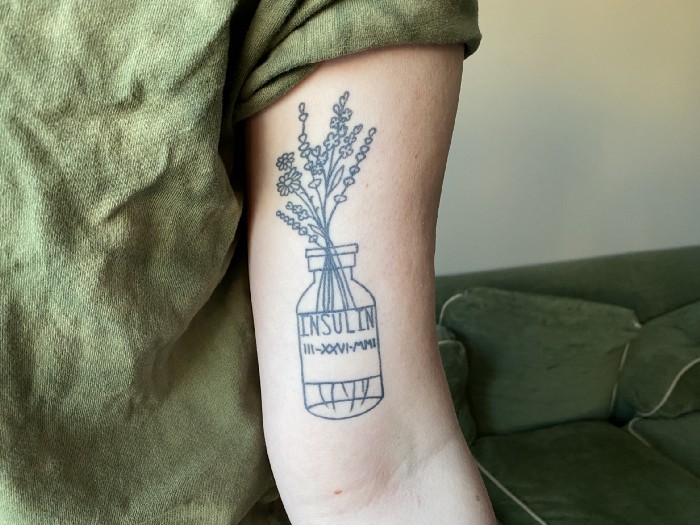Bzzzzzz. Bzzzzzz. A daily reminder strapped right on your waistband. Hannah Fifield feels this every day. It’s her reminder to give herself a life-sustaining medication. And that drug that does so much? Insulin.
When Hannah was only two years old, her parents started to get concerned with her symptoms. Hannah was always thirsty and wetting her pull-ups in the middle of the night. After about a month of this her parents took her to the hospital where she was diagnosed with Type 1 diabetes.
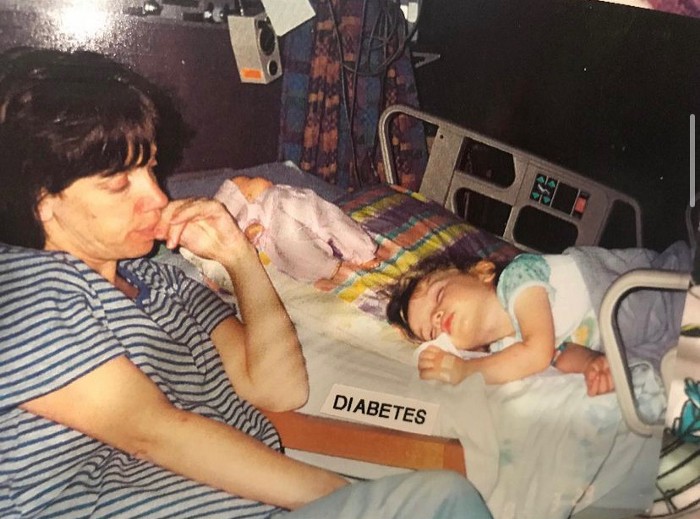
Hannah’s mother, Tracey Fifield, didn’t know what to think after receiving the diagnosis.
“We were terrified, but we were relieved to know what was wrong because there were so many other things it could have been,” Tracey said.
Hannah struggled to accept who she was and what she had to deal with each day in her early years.
“I didn’t want to wear all of the things on my body, like my pump and sensor, because I didn’t want people to know… But now I don’t care,” Hannah said.
Hannah is now 23 and is embracing her life as a diabetic. She has lived with this disease for over 20 years now.
There is a difference between Type 1 and Type 2 diabetes. Type 2 diabetes is obtained over time. Usually, the patient can do something to prevent it. Patients with prediabetes can change their diet or exercise more often to prevent themselves from having to take insulin, but Type 1 is out of the person’s control.
Not only is diabetes difficult to deal with physically, emotionally and mentally, but it is also commonly an issue financially.
Pharmacist Lynn Odett says that the price of insulin has increased since she started her career over 20 years ago. When she first started, one vial of insulin would be over $100, but now it is closer to $200-$300.
Back in the day the only option to administer insulin would be through a syringe, getting it from the vial. Now there is the option of a pen which lasts longer but is more expensive compared to the vials. One box of five pens is 15mL, and one vial is 10mL.
With the pen, some say it is more cost-efficient. The only extra cost would be the pen needle, as it is replaced after each use.
The vials are a different story.
Take Hannah for example, she uses a pump. So not only does she have to buy the insulin, but she also needs the pump, the sensor, sites and other necessities to make sure she is able to do what she needs.
Overall, diabetes is expensive. Odett says certain insurances affect a patient’s ability to pay for their insulin.
Odett says she sometimes has diabetic patients come in to get their insulin prescription, but they cannot pay for it. They are unable to get the drug that they need to live because it is so expensive.
Diabetics and health care professionals question why the price of insulin is so high.
“They definitely need to do something about the prices,” Odett says.

There are three major insulin producers, Eli Lilly, Novo Nordisk and Sanofi. One of these three companies is who people with diabetes usually get their insulin from, but that could change year to year depending on who their insurance covers.
There is one generic brand of insulin, but it isn’t less expensive. Novo Nordisk partnered with Walmart to create ReliOn Novolog insulin, which would save someone about $100 a box.
This is where the Insulin-For-All movement comes in. Insulin-For-All’s vision is that everyone in the world with type one diabetes would have everything they need to survive and achieve their dream.
Many people believe access to insulin is a human right.
“For Type 1 diabetics like myself, insulin is the literal only thing that keeps us alive. Having to pay hundreds of dollars every time we need some is ridiculous,” Hannah said.
Some who cannot afford insulin have resorted to trying to ration their insulin. This, unfortunately, is not possible to do safely and effectively.
The Insulin-For-All website states,
“In the USA, discontinuation of insulin use was the leading cause of diabetic ketoacidosis in 68% of people in a US inner-city setting.”

Individuals with diabetes, Type 1 and Type 2 alike, will continue to struggle if something is not done about these prices. The people at Insulin-For-All, diabetics and their families will continue to fight.

